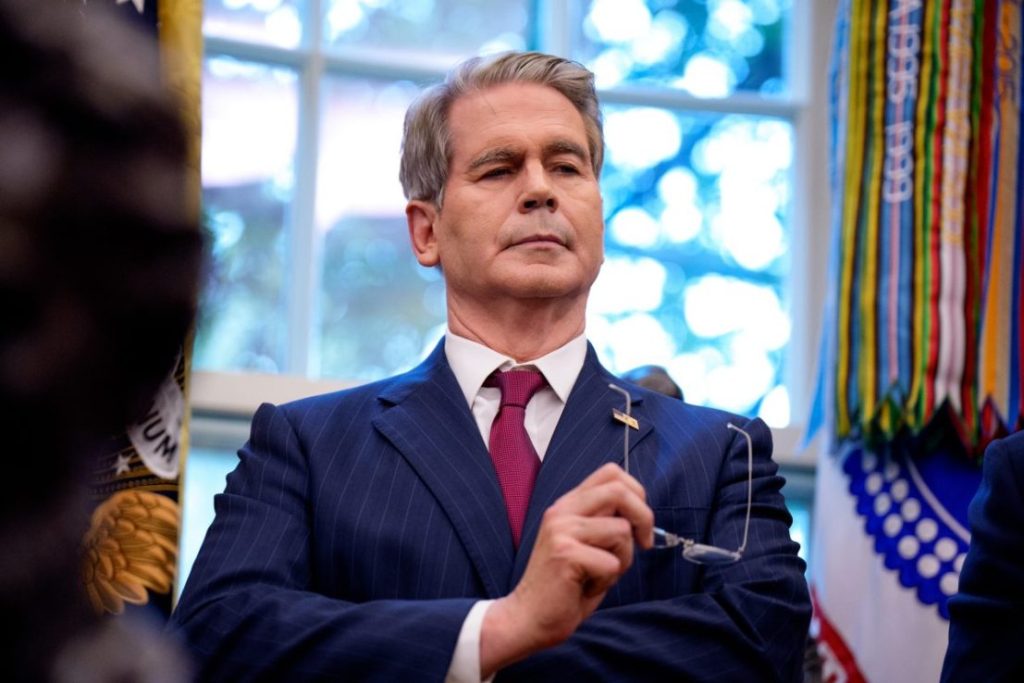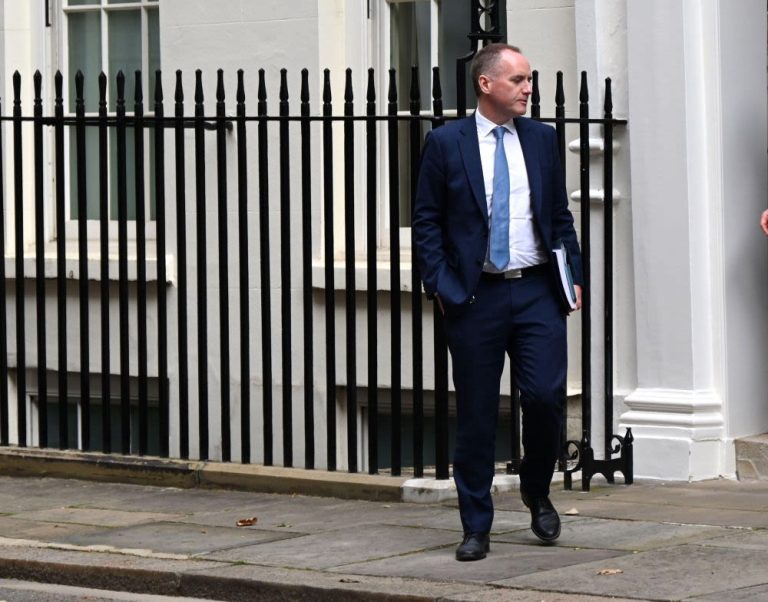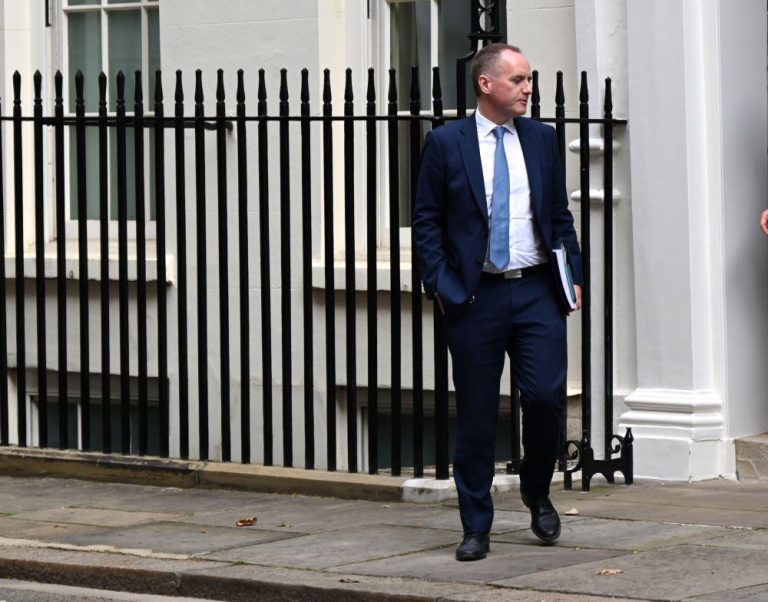
Markets shuddered on Tuesday after US Treasury Secretary Scott Bessent publicly criticised China’s recent trade moves, accusing Beijing of exploiting its dominant position in rare earths and critical minerals. His comments, published in the Financial Times, come as the two economic superpowers prepare for a high-stakes meeting and impending tariff increases set to take effect on November 1.
Bessent’s broadside: “Sign of how weak their economy is”
Addressing the Financial Times, Bessent lashed out at China’s decision to impose sweeping export controls on rare earth elements—metals essential to electric vehicles, smartphone components and advanced electronics. “This is a sign of how weak their economy is, and they want to pull everybody else down with them,” he stated bluntly. “Maybe there is some Leninist business model where hurting your customers is a good idea, but they are the largest supplier to the world. If they want to slow down the global economy, they will be hurt the most.”
China’s rare earth and critical mineral controls
In recent weeks, Beijing announced restrictions on shipments of rare earths and other critical minerals—silicon carbide, gallium and germanium among them—citing national security reasons. These materials are vital for clean energy technologies, semiconductors and aerospace applications. Observers warned that any significant halt in exports could disrupt global supply chains and force manufacturers to seek alternative sources, potentially at higher cost.
The moves also came amid a sharp slowdown in China’s domestic growth, raising suspicions that export curbs are a form of economic retaliation or leverage in trade negotiations with Western nations.
Escalating tariffs and export licence threats
Over the weekend, President Trump announced fresh 100% tariffs on a new tranche of Chinese imports, to be rolled out on November 1 on top of existing levies. He also floated the idea of blanket export controls on “any and all critical software” to China, sparking concerns over a fracturing tech ecosystem.
According to City AM, the US has drafted contingency measures requiring export licences for key software technologies. These could include AI frameworks, high-performance computing code and cloud platforms, effectively blocking China’s access to advanced software tools unless explicitly approved by Washington.
Diplomatic tension and the Xi-Trump meeting
Despite the rising tensions, both sides have signalled their commitment to a scheduled meeting between President Trump and President Xi Jinping at the Asia-Pacific Economic Cooperation (APEC) summit in Busan, South Korea, on October 29. Bessent told reporters that the summit would proceed as planned, even with new US tariffs set to take effect days later.
Analysts view the Busan talks as a critical opportunity to ease trade frictions. However, Bessent’s public rebuke of China may complicate preparations for the bilateral discussion, as it underscores the deep mistrust between the administrations.
War of words with China’s negotiators
The Financial Times report also revealed that Li Chenggang, a senior Chinese trade negotiator, had “previewed” the rare earths embargo during informal discussions over the summer. A US official quoted in the article described Li’s tone as “unhinged and very aggressive in stating that the US would face ‘hellfire’ if things didn’t go his way.”
Such rhetoric has contributed to jarring market reactions, with the FTSE 100 slipping 0.1% on Tuesday morning as investors weighed the risk of a prolonged trade standoff.
Market impact and investor fears
The spectre of escalating tariffs and unilateral export controls has fuelled worries about a full-blown trade war. Key reactions include:
Next steps and potential outcomes
With the new US measures set to kick in next month, negotiators from both sides will be under intense pressure to broker concessions. Possible scenarios include:
As the countdown to November 1 continues, businesses and investors alike are bracing for the far-reaching consequences of this new phase in US–China economic rivalry.




